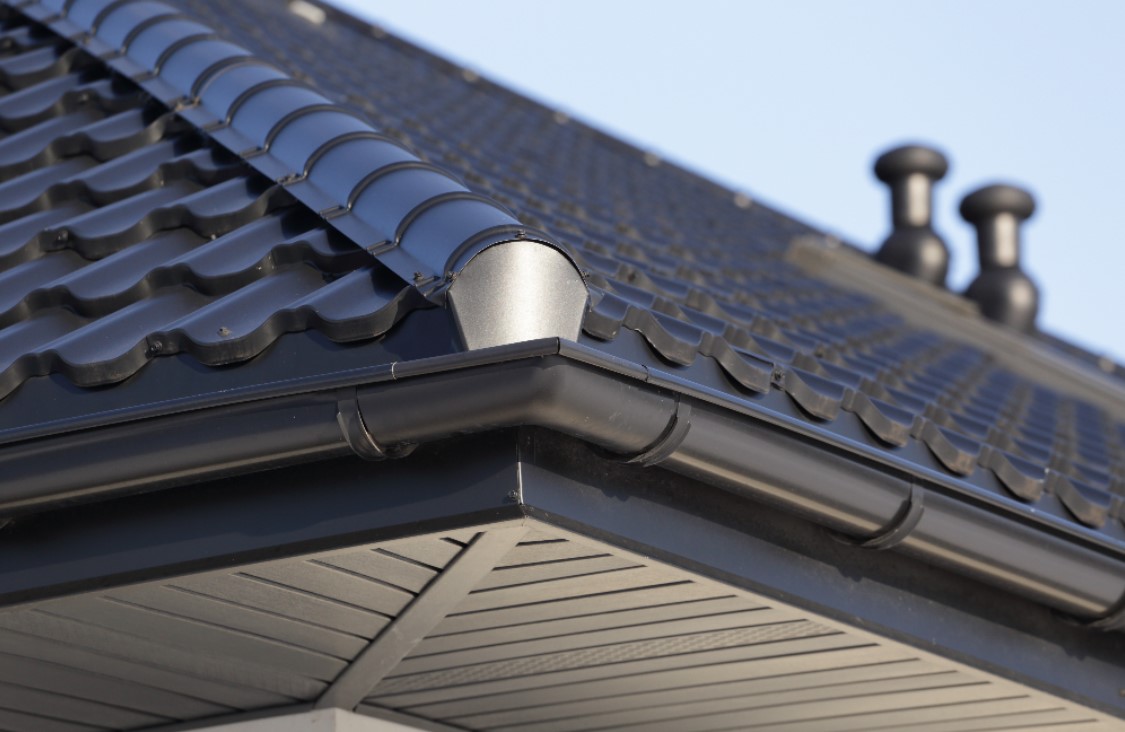
Subsidence, according to the Cambridge Dictionary, is ‘the process by which land or buildings sink to a lower level’. Although quite rate, it is something that can affect some homes. But what causes it, and can it be prevented?
What Causes Subsidence?
There are many different causes of subsidence. It occurs when the ground below a building begins to shift or collapse. When it does, the foundations of the home sink with it. This can lead to one side of the building sinking lower than the other, which can lead to deep cracks in the walls. To that end, below are a few examples of what can cause subsidence.
Unsuitable Soil
Some soil types are not suitable for construction and laying foundations on top of them can result in subsidence in the future. Soil engineers do not recommend building on top of soil that contains clay or peat. Clay tends to expand and shift as it moistens and dries, which can lead to cracks in the foundations and then result in shifts.
Roots from Trees
Tree roots are a very common cause of subsidence. If you plant trees such as oak, willow, ash, or elm near to a building, the roots will absorb moisture from the soil, which can cause said soil to become overly dry and hence result in unstable foundations.
Leaking Gutters or Drains
According to the experts at Global Gutter Systems, leaking from a drainage gutter system or downspouts can cause water to pool around the foundations of the home. This over time can cause the soil beneath to become overly saturated and then lead to foundations sinking into the wet ground. The same issue can occur with drains and pipework in the home.
How to Spot the Signs of Subsidence
The earlier you can address the issue of subsidence the better. If left, subsidence could result in major structural problems which could cost thousands of dollars in repair work. Spotting these signs can help:
- Cracks that have appeared in both the interior and exterior of a brick wall.
- Cracks that are wider than 3mm.
- Cracks that are wide at the top and thinner towards the bottom.
- Windows or doors that are suddenly sticking or hard to open.
- Wallpaper that has begun to peel or ripple; there are likely to be cracks underneath.
- Floors that have started to slope or sink. You might notice gaps beneath the baseboards, where the floor is sinking.
What to Do if You Spot the Signs of Subsidence
If you think your home may be subsiding, you should get in touch with your insurance company, who will arrange for a surveyor to inspect your home. If the issue is caused by leaking gutters, you will be advised to get these fixed immediately. Problems with drains can also be easily fixed while if tree roots are the culprit, you will likely be advised to contact a tree surgeon to have it removed.
Nevertheless, if the subsidence has been caused by movement in the soil underneath, you are probably looking at a much costlier fix. It may be necessary for your home to be underpinned, which means transferring the load of the building onto soil that can support it. As you can imagine, this can be awfully expensive as there is a lot of work involved.
Conclusion
Subsidence is a serious problem for homeowners, so it is important to be alert to the signs. If you spot large cracks in the walls or see your floors starting to slope, it is a good idea to get in touch with your buildings insurance provider immediately.
